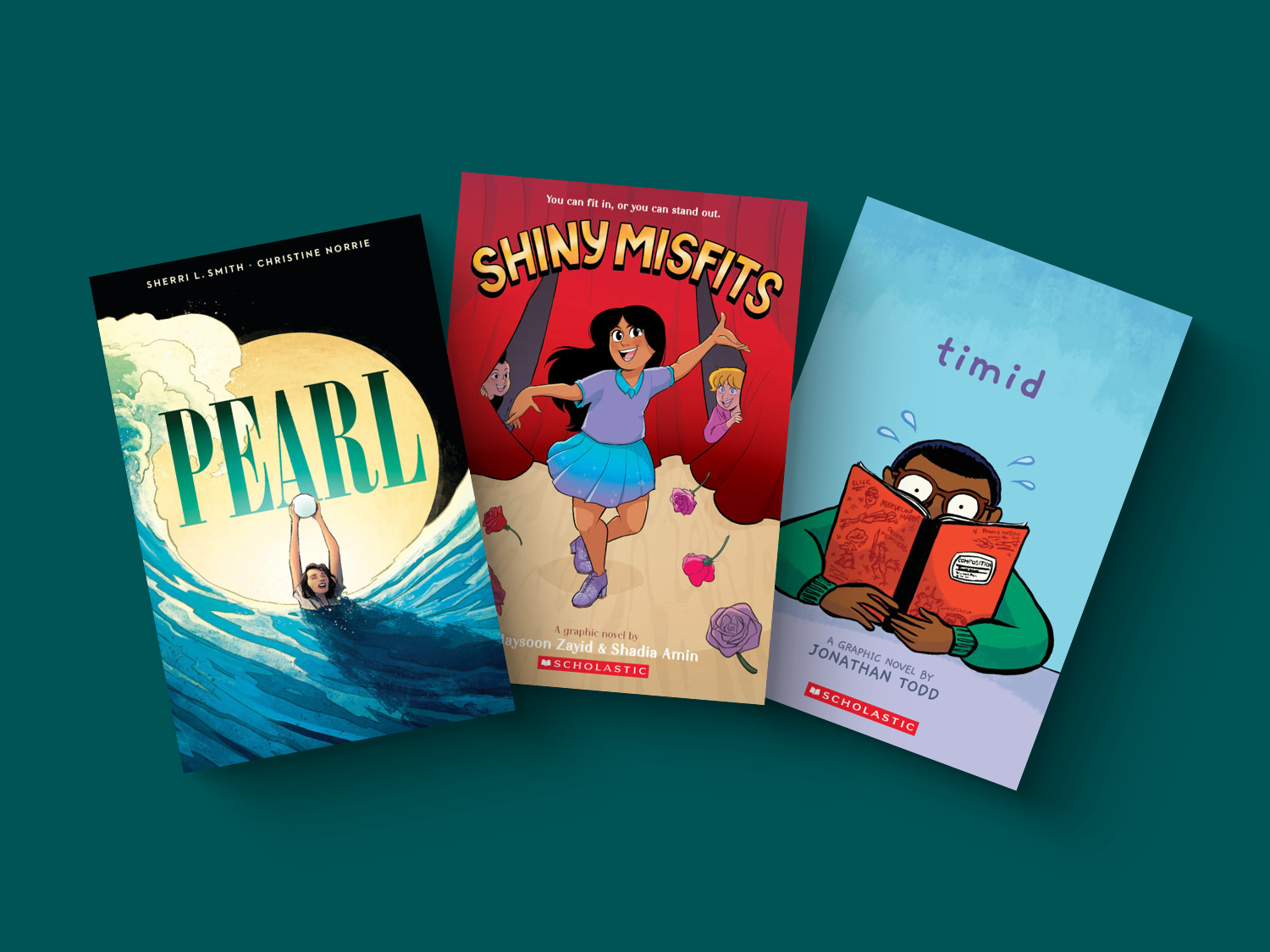There are some myths about reading that tend to be perpetuated relentlessly. One of them: That graphic novels don’t count as “real reading.”
However, teachers and literacy experts disagree with this. Graphic novels will improve your child's reading skills like any other book would, and they are fantastic choices for reading outside of class. Best-selling series and titles like Dog Man; Baby-sitters Club; Bone; Smile; Hey, Kiddo; and Twins, have been capitvating readers of all levels and interests for almost two decades.
Packed with rich plots, complex storylines, and captivating visual elements, graphic novels have a unique appeal to readers — and when kids find books they are interested in, they are more likely to read. In fact, according to the 7th edition of the Scholastic Kids & Family Reading Report, 89 percent of kids agree that their favorite books are the ones they picked out themselves.
Check out all the hilarious books in the action-packed Dog Man series.
Another great thing about graphic novels is that they can often be a way into reading for children who find it more difficult to connect with traditional prose texts. Striving readers will often willingly and enthusiastically gravitate toward these books due to the visual format of the storytelling, helping them to become lifelong readers.
Here are three reasons you should encourage your child to read graphic novels throughout the year:
1. Graphic novels are full of text.
Sure, they have drawings, illustrations, and sometimes photos, but they also have text that readers must actually decode, analyze, and comprehend. With graphic novels, kids still must follow plots and character development. They must understand cause and effect, and they must learn about perspective. All of these things will improve their reading comprehension.
2. Graphic novels are engaging.
Often, especially for striving readers, graphic novels add the extra support kids need to help them through a text. The combination of text and pictures can be particularly captivating, providing context for stories that kids might not completely understand otherwise.
3. Graphic novels are high-quality reading material.
Just like traditional novels, graphic novels have exciting and complex plots, characters, and conflicts. The plots have twists and turns. Characters are developed and dynamic. Conflicts are presented, unwound, and resolved like they are in other texts. The only difference is that graphic novels have more images to support the development.
Introduce the great graphic novels below to your reader and follow along! We promise that you'll be drawn in to these books also. You can discover graphic novels and much more at The Scholastic Store.




